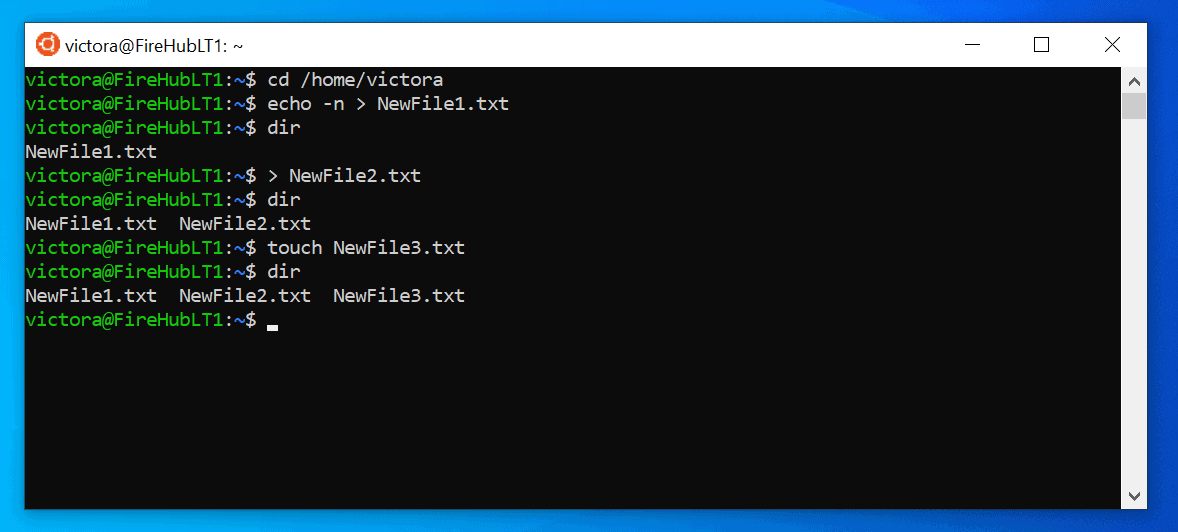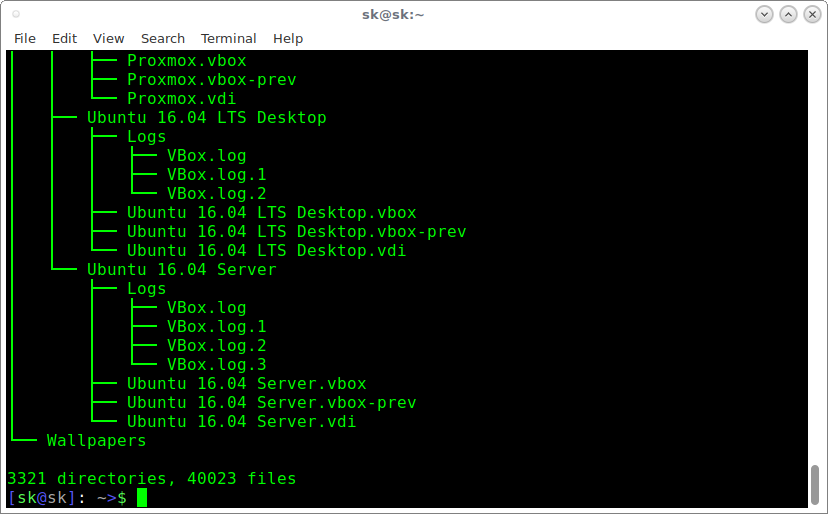

ls -i Linux Command ls -i View last edited file You can remove files with special characters in their names by using the index number. To display the index number, use the "ls -i" option. ls -F Display File Index Numberįor internal purposes, you may need to know the index number of a file. It signifies, Directories that ends with a slash (/), Files that can be executed with a trailing asterisk (*), Symbolic links with a trailing at the rate symbol FIFOs with a trailing vertical bar (|), and The ls command categorises the files using the -F parameter. ls -l Linux Command ls -l Classify the files with special characters

The line begin with the file or directory permission, owner and group name, file size, created/modified date and time, file/folder name as some of the attributes.

The "ls -l" option displays the contents of the current directory in a long listing format, one per line. Linux Command ls -a Display complete information about the files The current directory (.) as well as the parent directory (.) are displayed by "ls -a". The files that start with the dot are hidden (.). Use the -a option of the ls command to show hidden files and directories in the current directory. ls Linux Command ls Display the hidden files and directories The contents of your current working directory, which is just a technical way of stating the directory that your terminal is presently in, will be listed if you run the "ls" command without any further options. The 'ls' command is used to list files and directories Display sub-directories without other files.List all the files and directories without the owner details.List the files and directories seperated by a comma.List UID and GID of files and directories.List all the files and directories in reverse order.Display File Size in Human Readable Format.Classify the files with special characters.



 0 kommentar(er)
0 kommentar(er)
